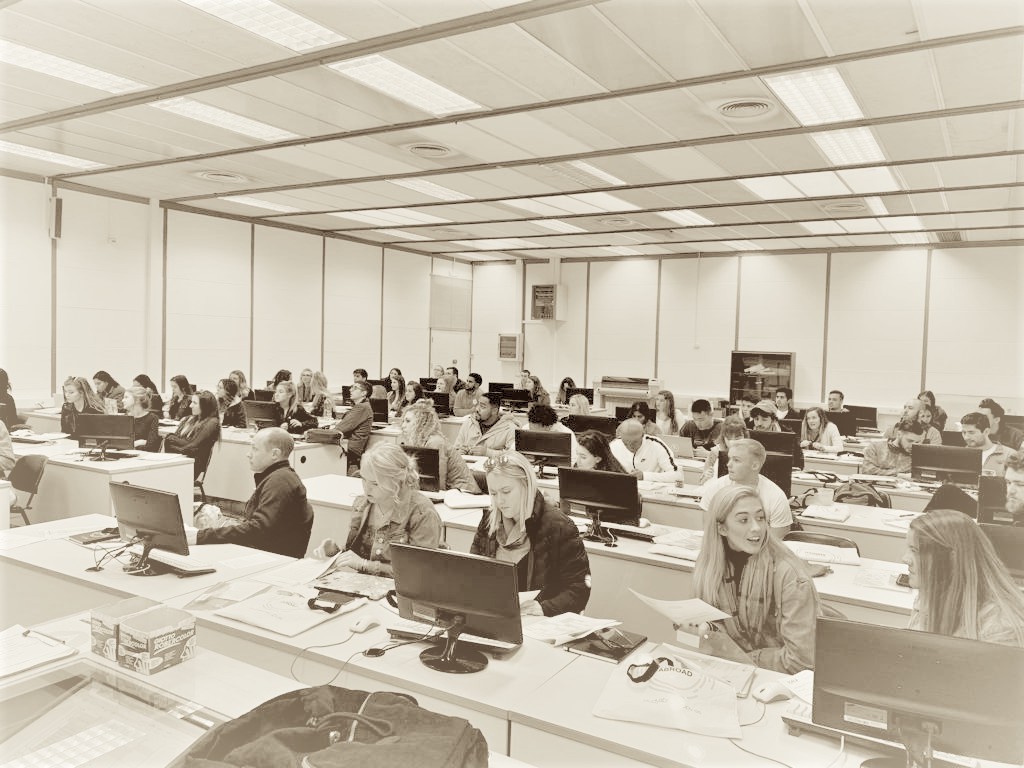
|
|

• Attendance
• Assessments
• Sexual Harassment Policy
• Students With Disabilities
• Academic Honesty Policy
• University Ombudsman
• Statement On Audio And Video Recording
• Syllabus Change Policy
Linear Algebra + Computational Applications
3 Credits | 300 Level | 38 Contact hours
Course materials: Additional material will be downloadable from UPV poliformaT plat-
form after enrollment.
A non-programmable scientific calculator is required.
This is a first course in linear algebra. This covers basic definitions and algorithms of the subject needed in the higher level (engineering, science and economics) courses and more sophisticated mathematical techniques such as the Singular Value Decomposition.
In this course you learn the mathematical theory and how to implement it in Python. You will discover many of the striking modern applications of linear algebra.
The course covers the same mathematical theory as MATH 415, but adds a focus on the computational and large data aspect of linear algebra through the lab sessions.
1 Linear systems, matrices, echelon form and Gaussian elimination
2 Linear combinations,, Matrix multiplication
3 Elementary matrices, inverses and computation - Python tutorial
4 LU decomposition, Solving linear equations with LU. - Working with vectors
5 Inner products. - Midterm 1
6 Subspaces, column and null spaces. linear independence. - Matrix operations
7 Basis and dimension. Orthogonality. Coordinates, orthogonal basis - Solving sistems of linear equations
8 Graphs
9 Determinants, cofactor, eigenvalues and eigenvectors
10 Markov matrices, Diagonalization
11 Orthogonal projection and least squares - Markov Chains - Least squares and linear regresion
12 Gram-Schmidt and QR decompostion
13 Singular value decomposition - SVD
14 Principal component analysis
15 Review complex numbers and complex linear algebra - Principal component analysis
Upon successful completion of this course, students will be able to:
• Demonstrate an understanding of matrices and gaussian elimination, vector spaces, or
thogonality, determinants, eigenvalues and eigenvectors, and positive denite matrices.
• Apply numerical, computational, and estimation techniques.
• Use matrices to model and analyze physical phenomena.
• Explain and use the tools to formulate and solve problems in mathematical situations
and connect concepts covered to other disciplines.
• Communicate ideas through descriptive language, as well as through mathematical
symbols.
Quizzes: 2 points
Problem sessions: 5 points
Lab: 20 points
Midterms: 51 points
Final Examination: 22 points
Calculators: Calculators will not be allowed for any quizzes or exams. Thus, as much as
possible, try to complete homework problems without using a calculator.
|
